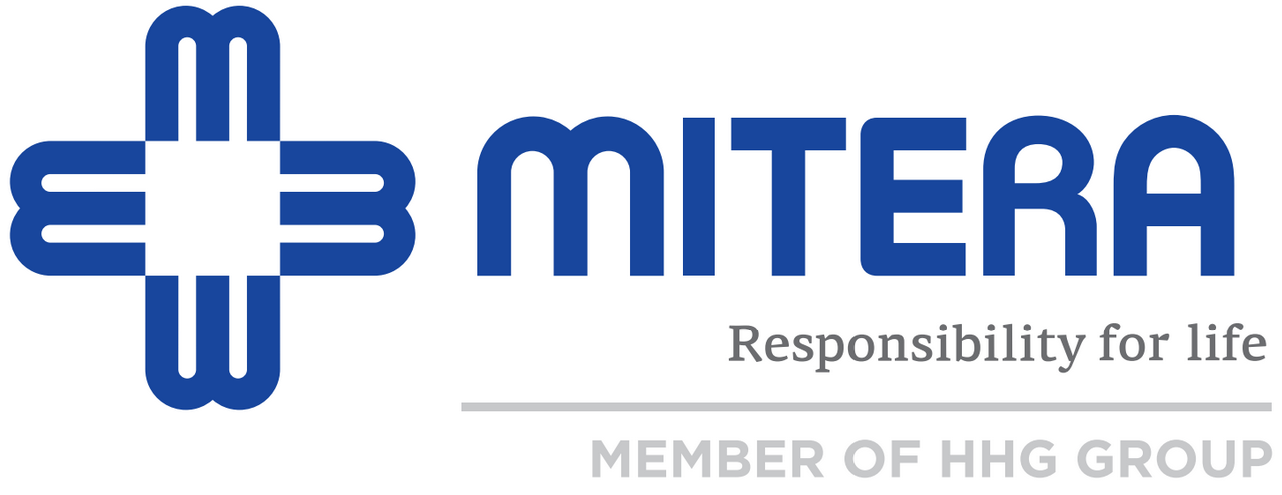Newborn hearing screening is absolutely necessary
Hearing specialists have concluded that a child with undetected hearing loss may not be able to develop normal speech and language or not even acquire the cognitive abilities needed for learning. Three out of a thousand babies in the USA have a serious hearing loss and 90% of those were born from parents without any hearing problems. Rapid technological developments facilitate newborns’ hearing screening, 48 hours after birth, using the otoacoustic emission (OAE) test.
Written by
Iakovos Petmezakis
Assistant Professor of Otorhynolaringology, University of Athens
Director of the Otorhynolaringology Department of MITERA
An otoacoustic emission test measures an acoustic response that is produced by the inner ear. The test is performed by placing a small probe that is connected to a device that can generate sounds and record the otoacoustic emissions that come back from the infant’s ear. The emissions are measured and represented pictorially on a monitor.
The method is simple, non-invasive, low-cost and quick since it takes about one to two minutes to conclude on the results. The method is used in MITERA Hospital for about 8 years in almost all children and with excellent results. In the case that the infant fails this test then a more detailed test should be performed to investigate any problems.
On the occasion of the establishment of the test as a method for early assessment of a newborn’s hearing 48 hours after birth we would like to discuss some issues that are relevant to the development of hearing and speech in babies. A baby with normal hearing should have the following progress:
- By 2 months, the baby is surprised when hearing intense sounds. The baby is able to recognize family voices and murmurs softly and happily.
- By 4 months, the baby is able to produce monosyllable sounds; it starts to mumble and produces a series of sounds like squeaks and it smiles.
- By 6 months, the baby turns its head towards the direction of a loud sound. It starts to imitate speech and murmurs disyllable sounds.
- By 9 months, the baby imitates the speech of others. It is able to understand the meaning of some words such as “bye”, “no”, etc.
- By 12 months, a child can usually imitate some sounds and accurately produce a few words such as “mom” or “nanny” and understand their meaning. The child is able to respond to a request for giving a toy and it turns his head towards the direction of various sounds like music or songs.
Parents play a basic role as regards the early diagnosis of hearing loss and, in most of the cases, they insist that their child has a problem and they consult a hearing specialist. Our long experience on children’s hearing loss and the evaluation of various information collected from parents helped us to conclude on specific reactions of the children that can indicate underlying hearing loss.
A child from 6 months to 2-years-old can have underlying hearing loss in the following cases:
- When regular sounds such as dog’s barking, clock ticking and music do not detach his attention from playing with toys.
- When the child does not respond to a rattle or to a knocking or tapping a spoon against a coffee cup provided that it does not see you.
- When the child is not thrilled with toys that make noise.
- When the child does not respond to his name from a distance of one to two meters.
- When the child does not try to imitate voices.
- When the child does not enrich his vocabulary (the words “mother” and “father” are not enough).
Parents should seek the advice of a specialist in the case that they have any doubts. The sooner they find out that their child has hearing loss the most effectively they can help their child to overcome the problem.


